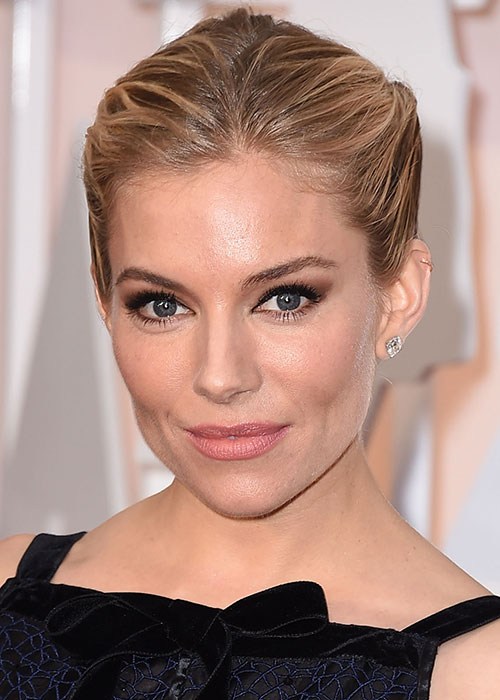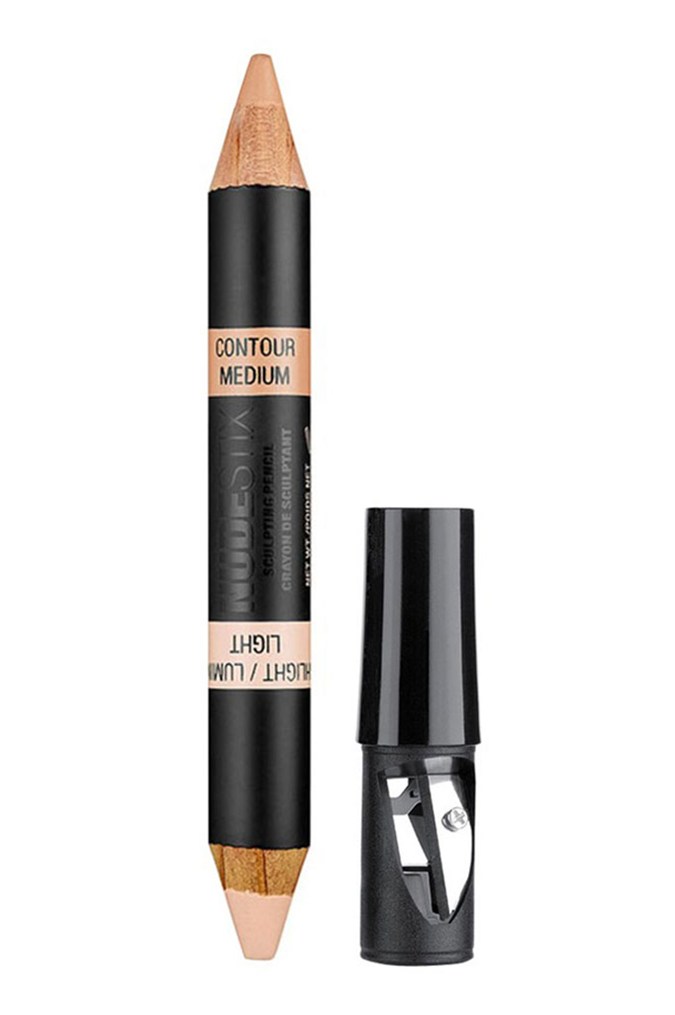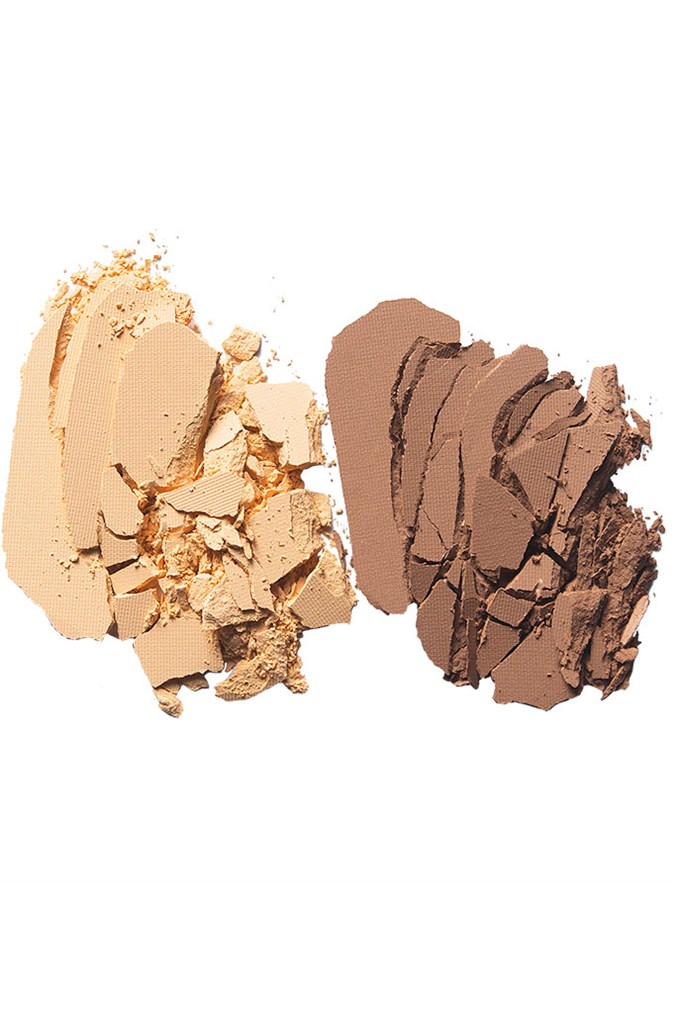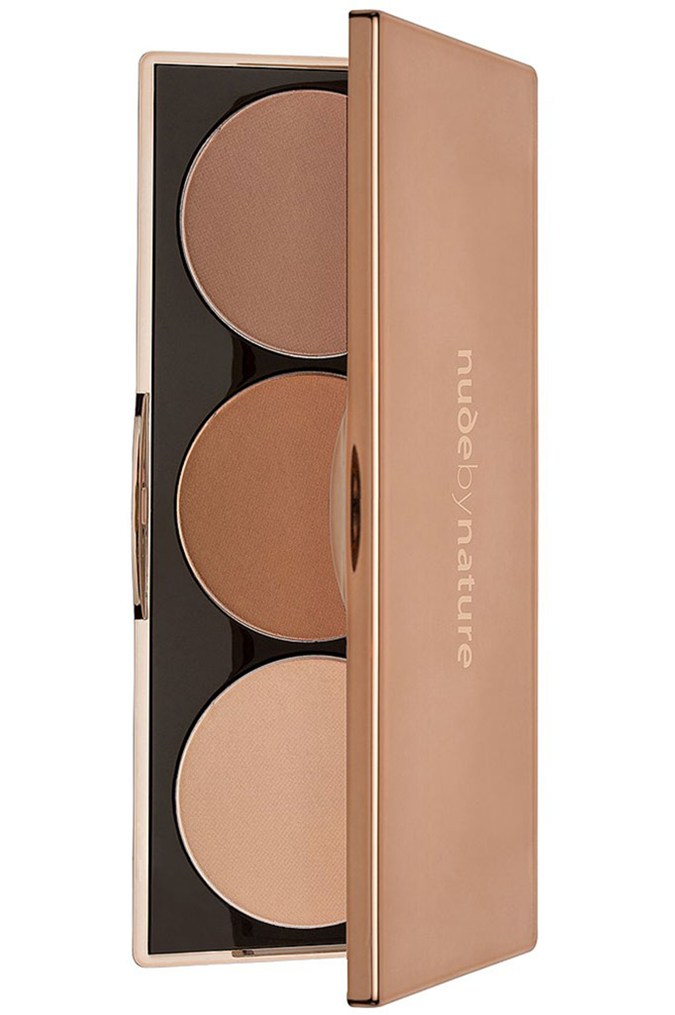The ultimate contouring cheat sheet

Everything you need to know to master this makeup technique
Everything you need to know to master this makeup technique
Contouring has long been a go-to makeup technique loved by the pros, but it’s only recently that the rest of us have fallen for its ability to sculpt our facial features and enhance our appearance. And it turns out, we can totally do it ourselves. With practice and the help of some expert tips up our sleeve. Consider this your ultimate guide to everything you need to know about contouring so you can master it once and for all.
What it is
A method using light and shadow to sculpt and enhance features.
What it isn’t
A way to create features that don’t exist. “If you put on a proper amount [of powder] I’m sure you can chisel out a cheekbone, but are you going to wake up an half hour early in the morning to do it?” asks Gilbert Soliz, Marc Jacobs Beauty global makeup artist.
What you need to contour
Soft, refined powders in colour-matched palettes are your best bet. Bronzers are “too shimmery, orange-y and warm for contouring”, explains Soliz, and the array of contouring products on the market means bronzer can be used for what it was designed for.
To shade: You want to mimic a natural shadow, so “very cool, taupe-y beiges that are more grey”.
The right finish: Matte and flat. Always.
Try: Nudestix Sculpting Pencil; Marc Jacobs Beauty #Instamarc
Light Filtering Contour Powder; Nude by Nature Contour Palette

Nudestix Sculpting Pencil

Marc Jacobs Beauty #Instamarc Light Filtering Contour Powder

Nude by Nature Contour Palette
Contouring on Instagram vs. In Real Life (IRL)
Most makeup artists agree, what they do for runways or see on their phones is too harsh for real life. “I would hate for what I see on social media to be replicated on every woman,” says Soliz.
Contouring method
Use the lighter shade
on tops of cheekbones, down the bridge of the nose, under the eyes,
in an upside-down triangle on the forehead, and along the jawline, from chin to earlobe. Now use the darker shade in the hollows of the cheek (starting at ears and ending mid-cheek), just below the lighter shade on the jawline, and on the perimeter of the face (along the hairline and on the temples). Blend.
Do: “To create structure, I contour the hollow of the eye, using the lighter shade in the natural crease to make the eye more angular or almond,” explains Soliz.
Don’t: Fall victim to the stripe effect. “People always call out the cheek area because the colour seems to stop and it’s jarring,” says Soliz. His advice: you can never over-blend.
If you're more of a visual learner, check out our video on how to contour.
For more makeup expertise from marie claire's beauty team, head to marieclaire.com.au
Main image credit: Getty

A beauty editor and vitamin C fanatic who has worked across a range of print and digital publications, including Stellar, marie claire, Gritty Pretty and Badlands Journal.







